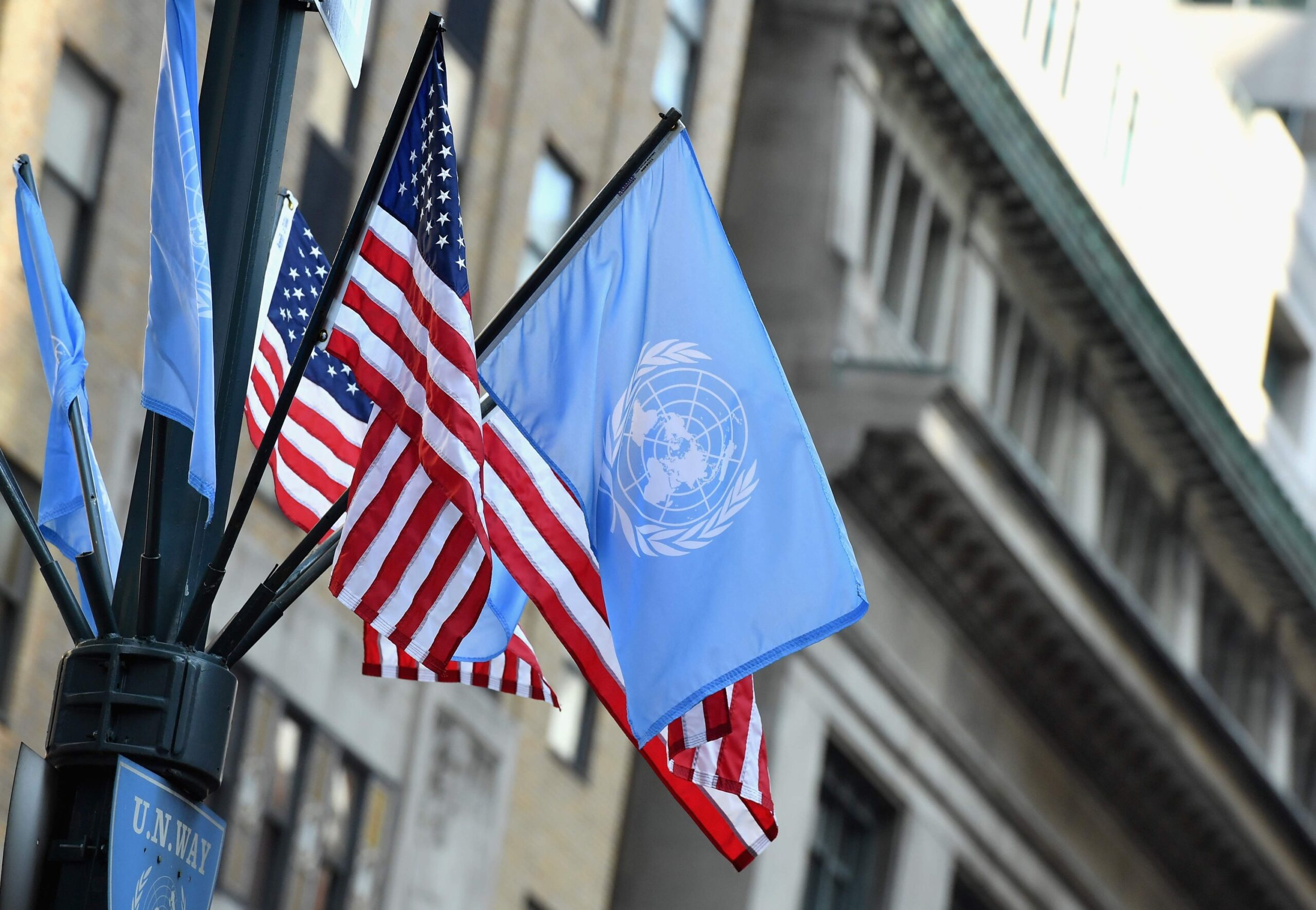Behind the Scenes: United Nations Permanent Forum on Indigenous Issues
The 18th Session of the United Nations Permanent Forum on Indigenous Issues (UNPFII) was this spring at United Nations Headquarters in New York. UNA-USA members attended and wrote in to tell us about their greatest takeaways from the discussions and side-events.
“Traditions, Languages, and How UNA-USA Chapters can Act” by Wenhan Sun, UNA-Greater Kansas City
For two weeks, the halls of the United Nations were filled with delegates, not in the standardized Western Business Attire, but in colorful clothing of indigenous people from across the world. Gazing out at the General Assembly Hall, it was filled with red, blue, yellow, with feathers, kimonos and animal skins. Throughout the opening ceremony, the sound of applause was accompanied with the yips, whistles, of approval. The theme of this year’s Indigenous forum was “Traditional Knowledge: Generation, Transmission and Protection.” And throughout the three days that I attended, the discussion often drifted towards the role indigenous languages played in preserving identity, culture, and our connection to the past. And this wasn’t some coincidence, 2019 was recognized by the General Assembly as the International Year of Indigenous Languages.
Indigenous delegates and other NGO representatives were vocal in calling for a Decade of Indigenous Languages to build upon the momentum gathered this year. UNESCO, which hosted the International Year, highlighted the 400+ events they sponsored, along with the publication of a world atlas of languages. As indigenous issues repeatedly grab headlines internationally from Brazilian President’s Jair Bolsonaro new policy in the Amazon Basin to the Dakota Access Pipeline closer to home, there are countless challenges brought up in the Forum that fall through the cracks. With more than 4 in 5 American Indian and Alaska Native women having experienced violence in their lifetime and more than 4000 women missing in the Tar Sands of Canada, these facts rarely make the evening news. But I believe our UNA chapters can help change that.
I would like to encourage UNA-USA chapters to reach out to both federally recognized and unrecognized tribes in their region and work with them to host events that raise awareness on their culture, traditions, and language. By engaging the Native American community and Indigenous issues, I believe UNA chapters can engage a wider audience, and show the breadth of issues the United Nations engages in.
“New Technology meets Ancient Knowledge: How Information and Communication Technologies (ICTs) are Impacting Indigenous Language Use” by Marta Millar, UNA-Penn State
The panel discussion “ICTs for Protecting and Strengthening Indigenous Languages” targeted both the challenges and opportunities that new technology and big data pose for indigenous communities looking to preserve and strengthen the use of their language.
It included a thorough overview of several tools that indigenous communities can use to integrate their own languages into twenty-first century usage. For example, apps such as FirstVoices Keyboards can help users download phonetically-accurate keyboards onto phones or electronic devices. These keyboards allow individuals to type in their indigenous language, rather than having to shift to the use of a global language like English in order to use features such as texting. Simply having an accurate keyboard is often not enough, however, as many users of indigenous languages who are used to oral communication can find the leap to writing frustrating. Tools such as autocorrect and predictive typing are helpful in making the switch.
Many indigenous languages still lack support on big-name virtual platforms. One speaker emphasized that several communities have had success with securing such support by lobbying big tech companies directly. The biggest challenge, however, is that tech companies may be willing to provide the indigenous language option, but lack the knowledge to create it. For many indigenous languages, the community members themselves must be willing to devote the time into creating a lexicon for their language’s use. For some communities, this is not feasible.
But there have been great successes with the use of technology to transfer knowledge of indigenous languages. Social media platforms offer opportunities for language activism through events like “Tweet in Your Indigenous Language” Day, or the sharing of memes in indigenous languages. Digital tools have even allowed for the revitalization of some indigenous languages that had not been used in communities for nearly a century, as community members were able to create digital tools to facilitate learning.
UNA-USA chapters can celebrate multilingualism in several ways, including recognizing UN Days such as “International Mother Language Day” in February and “International Translation Day” in September.



